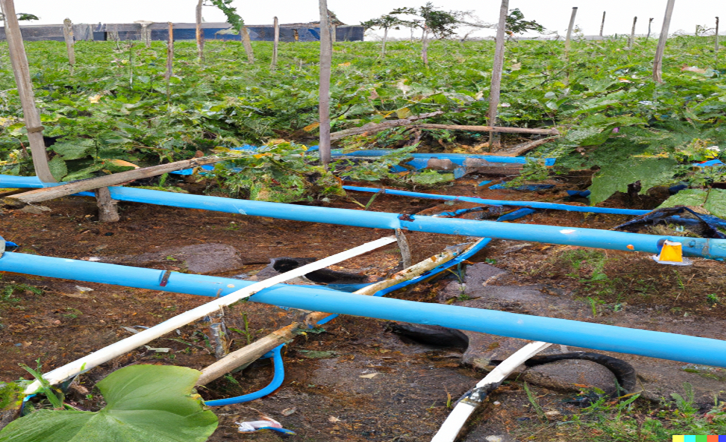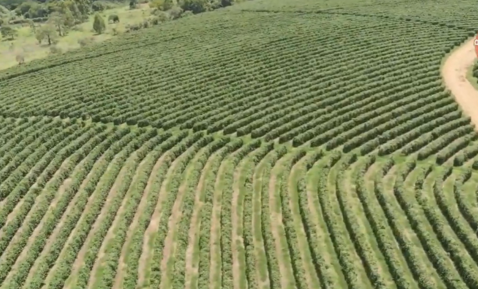Bridging Ancient Wisdom with Modern Innovation: The Africa Tassa Irrigation System and its Connection to Hydroponics
Introduction
The Africa Tassa Irrigation System, a marvel of ancient engineering, has left an indelible mark on history by transforming arid landscapes into fertile farmlands, showcasing their ability to harness water for agricultural prosperity in challenging environments. In this blog post, we explore how the innovative principles behind the Africa Tassa Irrigation System can be linked to the modern agricultural technique of hydroponics. By examining these two seemingly disparate systems, we uncover the potential for combining ancient wisdom with modern technology to address contemporary agricultural challenges.
The Africa Tassa Irrigation System: An Ancient Solution to Water Scarcity
Centuries ago, the people of the Sahel region faced the daunting challenge of cultivating crops in an environment characterized by erratic rainfall and water scarcity. The Africa Tassa Irrigation System, a network of canals and water management structures, was developed by ancient African civilizations to overcome the arid conditions of the Sahel region. By ingeniously diverting water from the Tassa River, it facilitated the cultivation of crops that would have otherwise been impossible. It harnessed the power of hydraulic engineering to channel and distribute water, transforming barren lands into bountiful fields, and resonating even in today’s world grappling with climate change and water scarcity.
Hydroponics: A Modern Approach to Efficient Agriculture
Hydroponics, a modern agricultural technique, focuses on cultivating plants without the use of traditional soil. Instead, plants are grown in nutrient-rich water solutions, allowing for precise control over the plants’ nutritional intake and environmental conditions. This method eliminates many of the constraints posed by soil-based agriculture, making it an attractive option for regions with poor soil quality or limited space and offers several advantages such as efficient water usage, controlled nutrient delivery, and year-round cultivation.
Drawing Parallels: The Ancient and the Contemporary
While the Africa Tassa Irrigation System and hydroponics may appear distinct, they share fundamental principles that can be interwoven to address modern agricultural challenges. Both systems fundamentally focus on optimizing water usage and resource allocation to cultivate crops effectively, albeit in different eras and contexts:
Resource Efficiency: Both systems prioritize efficient resource utilization. The Africa Tassa Irrigation System carefully managed water to maximize agricultural output, while hydroponics minimizes water usage by recycling nutrient solutions and reducing water wastage. This synergy demonstrates a shared commitment to resource efficiency across time.
Precision Control: Hydroponics allows for precise control over plant nutrients and environmental factors, resulting in accelerated growth and higher yields. Similarly, the Africa Tassa Irrigation System’s engineered canals controlled water flow, optimizing crop irrigation.
Adaptation to Environmental Conditions: Just as the ancient societies adapted to the Sahel’s arid conditions, hydroponics enables agriculture in unconventional settings, such as urban areas or regions with poor soil quality.
Sustainability: Both systems promote sustainable practices. The Africa Tassa Irrigation System relied on natural water sources and encouraged responsible water management. Hydroponics, with its reduced need for pesticides and land, aligns with modern sustainability goals.
Bridging the Gap: Applying Ancient Wisdom to Modern Hydroponics
Imagine a scenario where the principles of the Africa Tassa Irrigation System are integrated with hydroponic technology:
Water from sustainable sources is channelled using engineered systems inspired by the Africa Tassa Irrigation System.
Nutrient-rich solutions in hydroponic setups are carefully managed to mimic the ancient system’s precise water distribution.
Communities adopt collaborative practices inspired by the societal cohesion of the past to collectively maintain and manage modern hydroponic systems.
By merging these concepts, we can create a new paradigm for sustainable agriculture that marries the efficiency of hydroponics with the resourcefulness of ancient water management techniques.
Conclusion
The Africa Tassa Irrigation System’s legacy reaches beyond the annals of history; it offers a blueprint for innovative solutions to contemporary agricultural challenges. By recognizing the parallels between this ancient marvel and modern hydroponics, we uncover a path toward sustainable, efficient, resilient agriculture, and greener future. As we embrace the lessons of the past and the possibilities of the future, we stand at the precipice of a new era where the wisdom of our ancestors converges with the potential of modern technology.Top of Form




